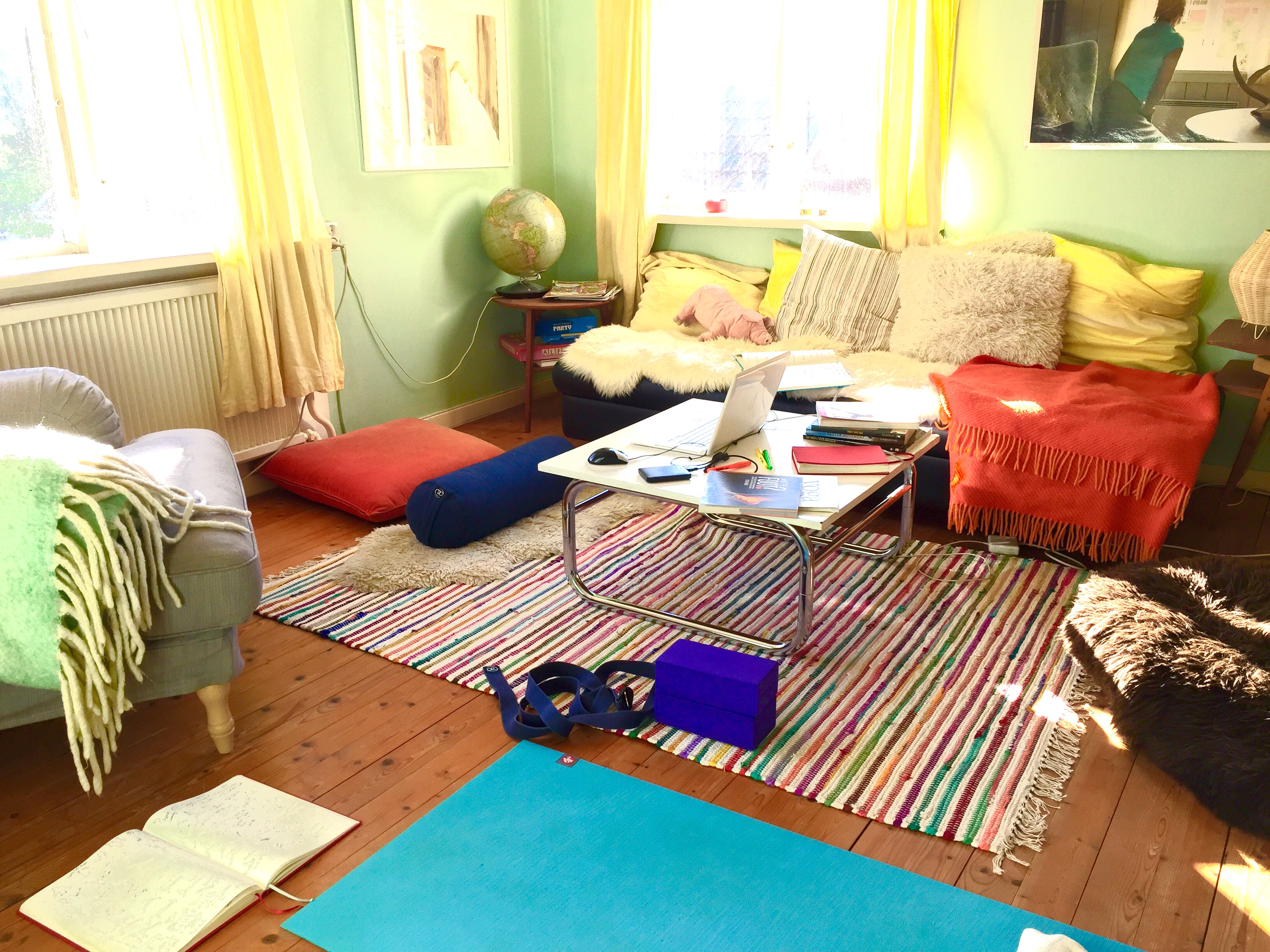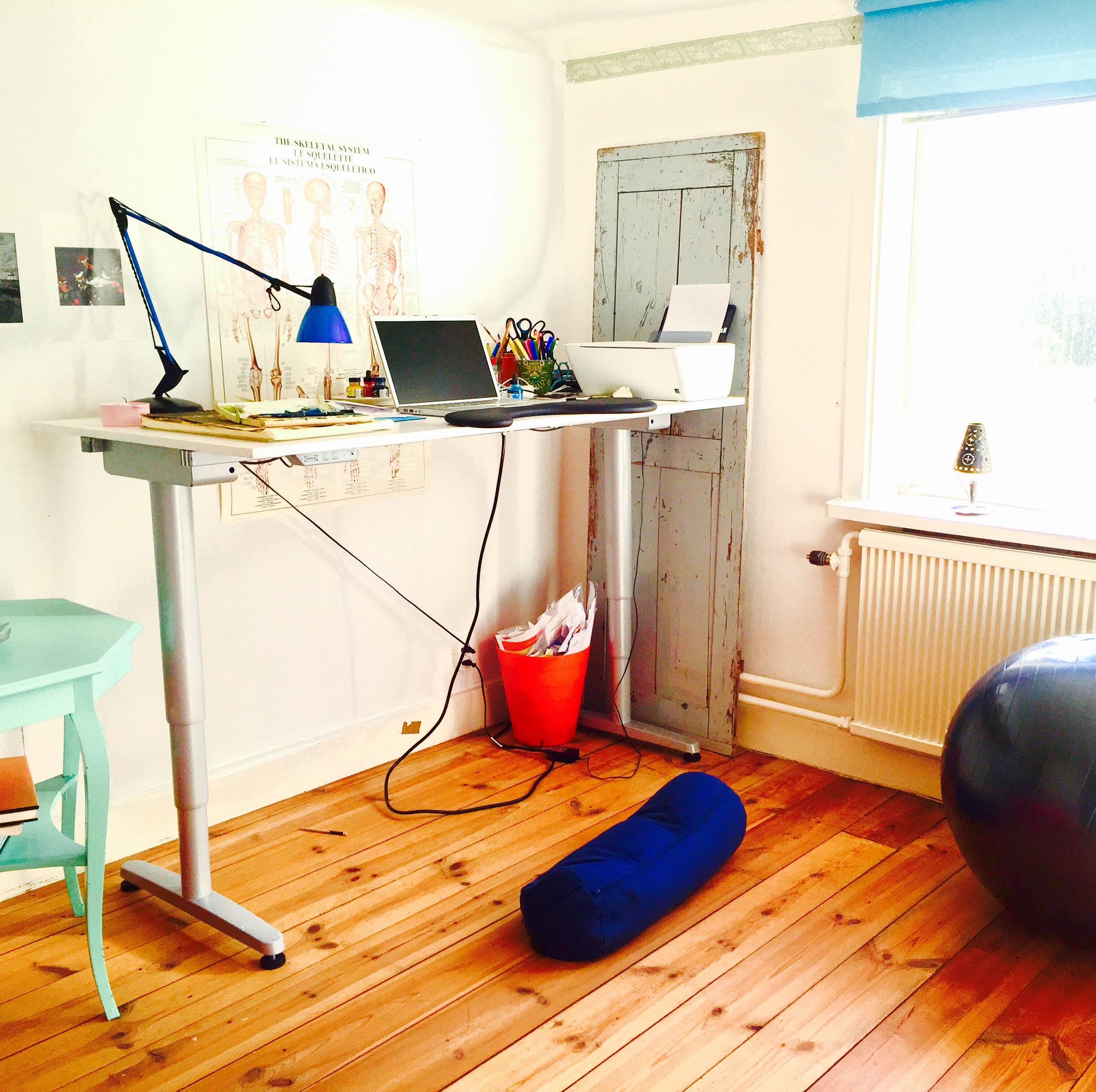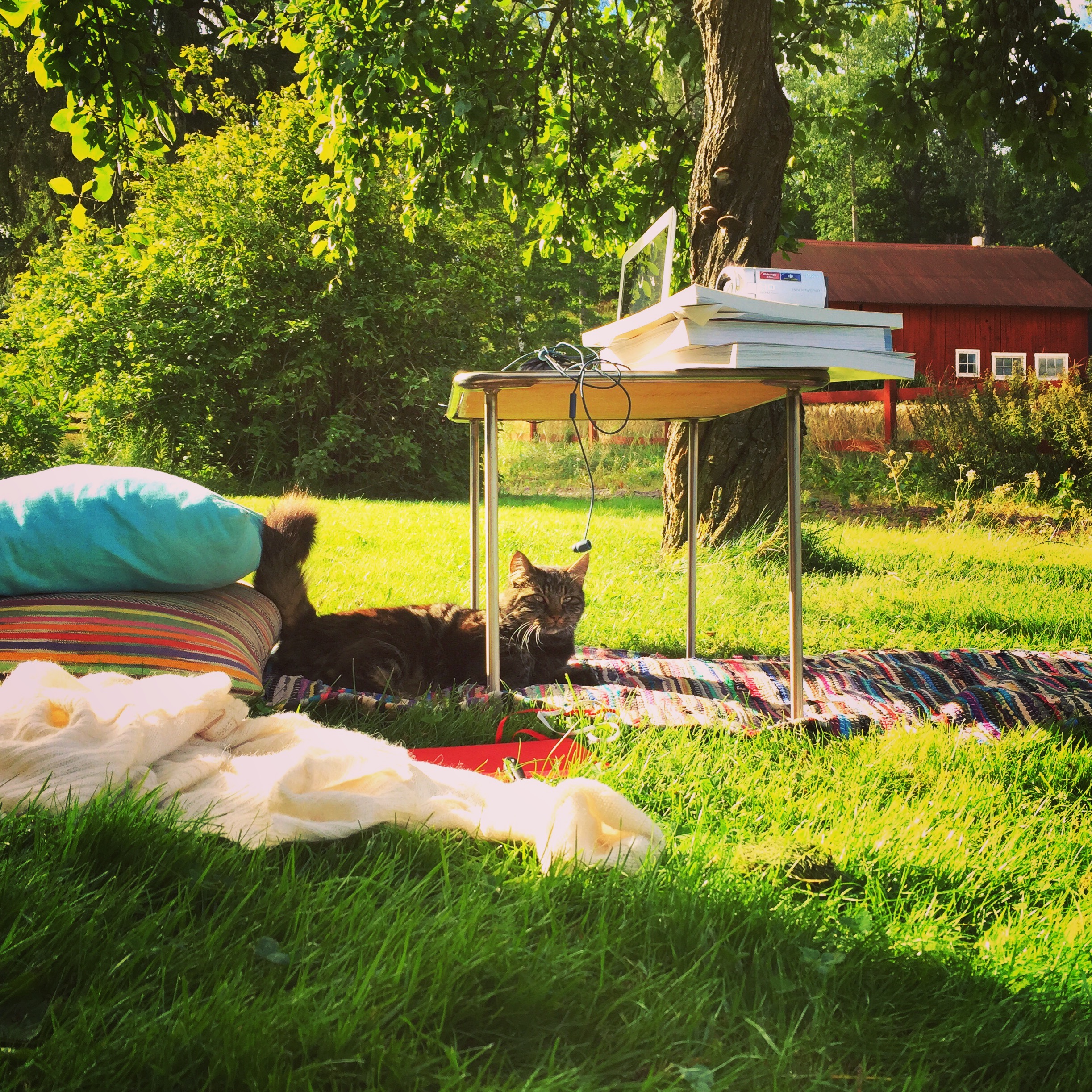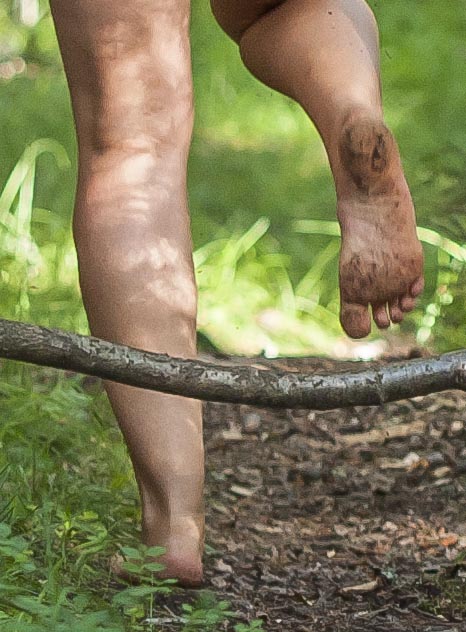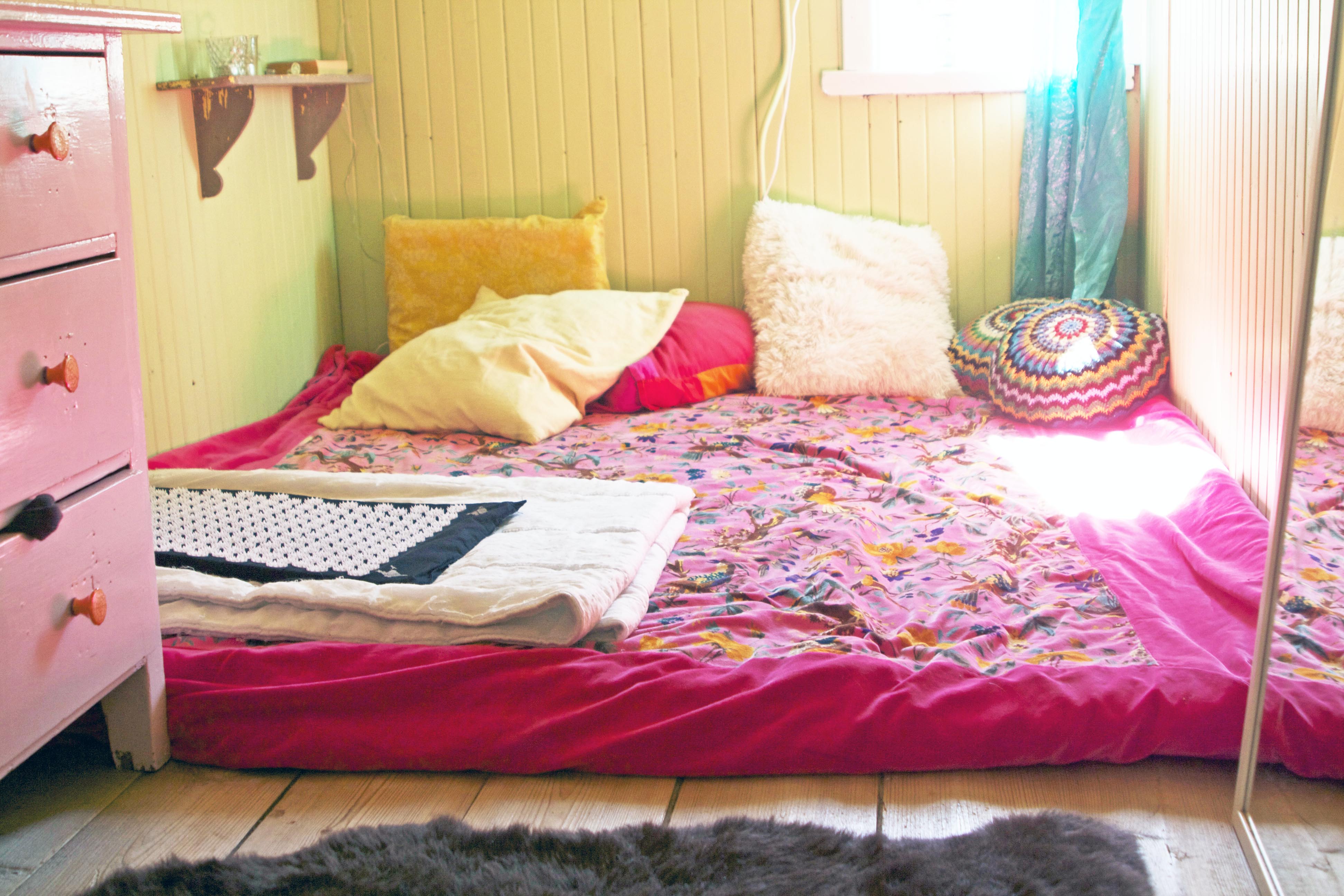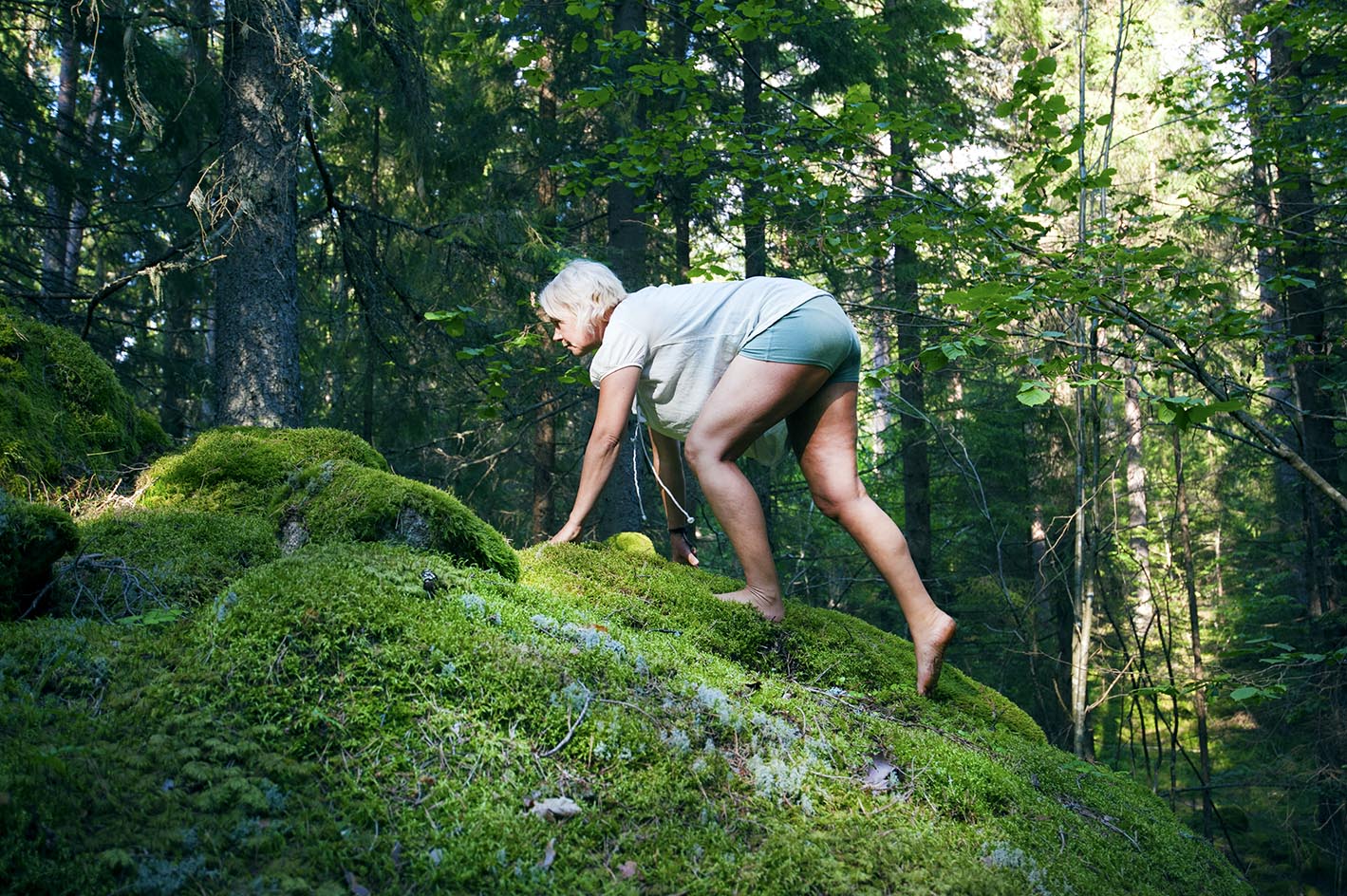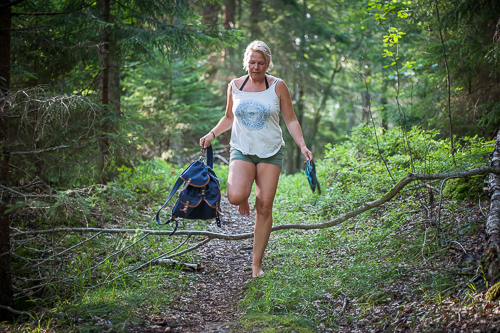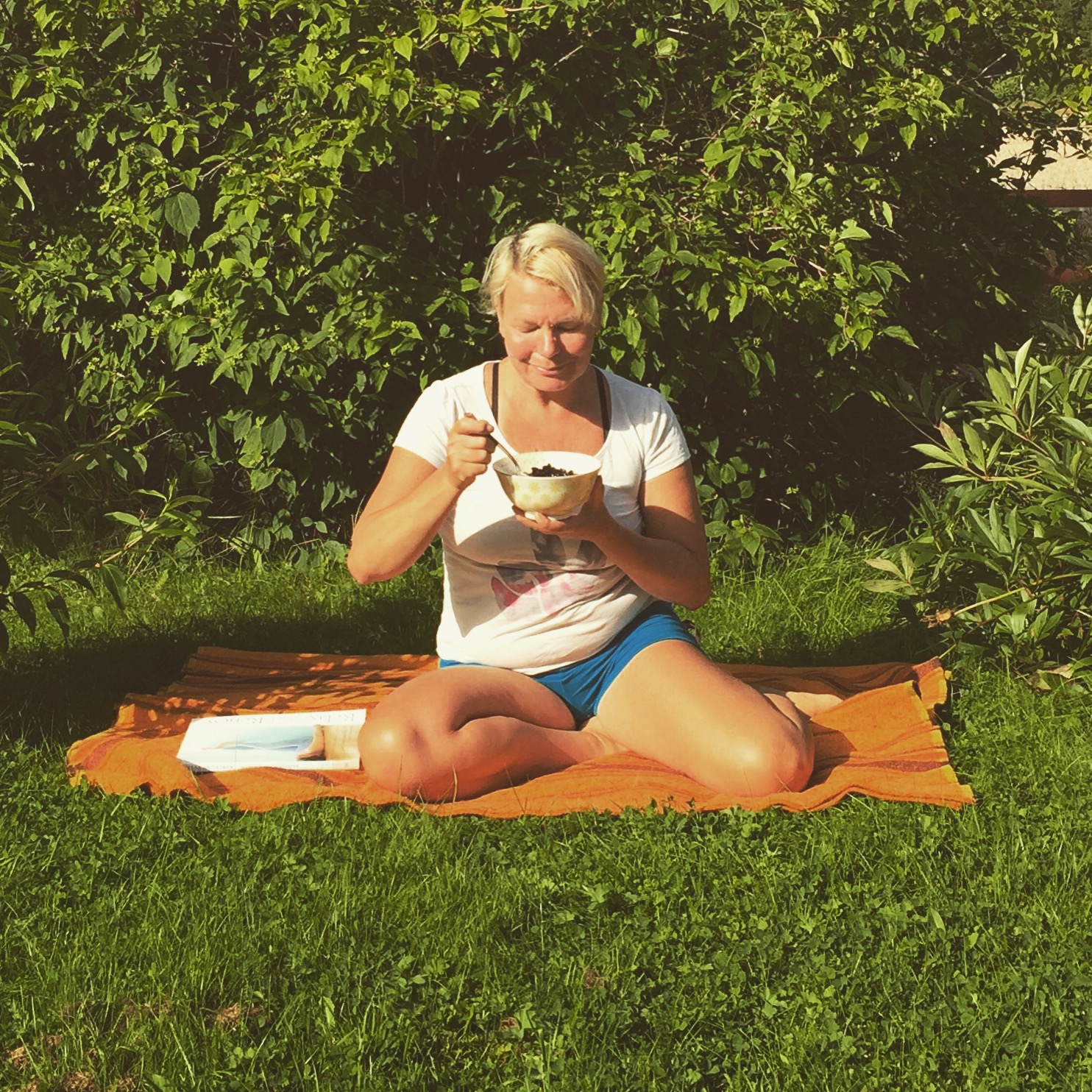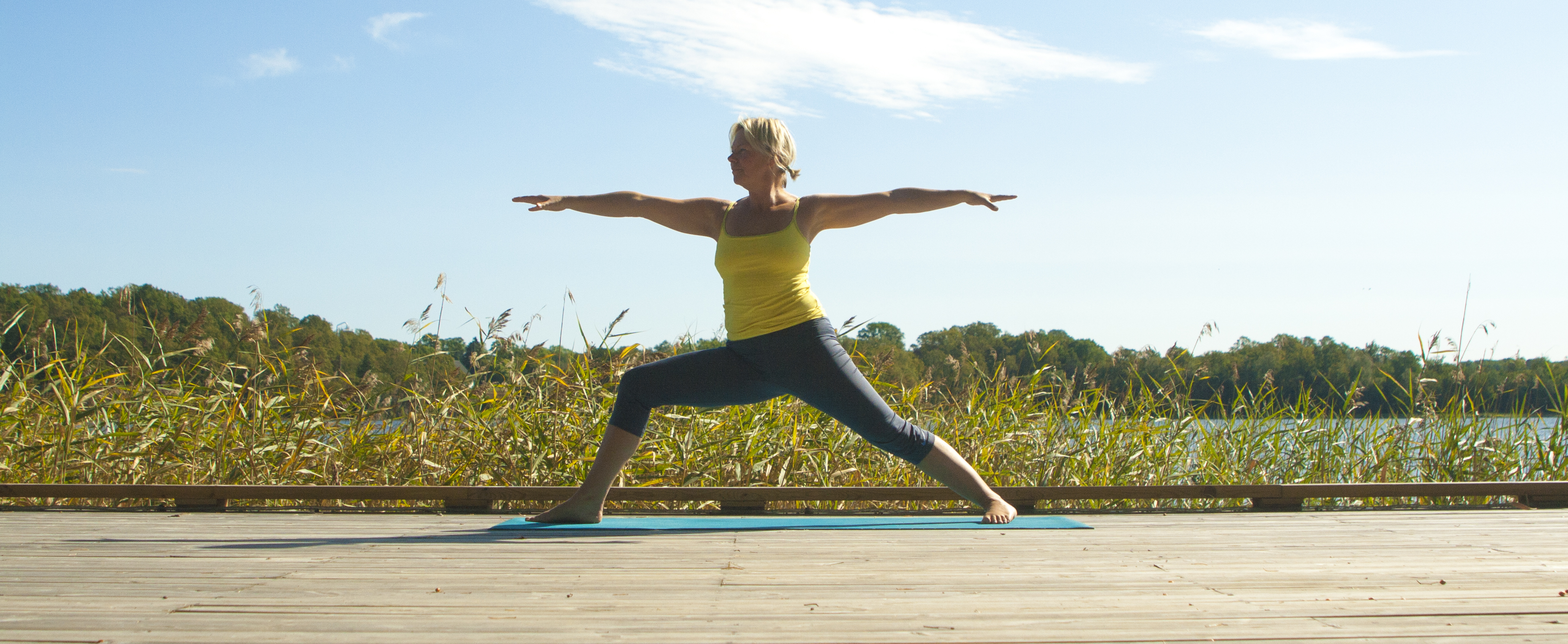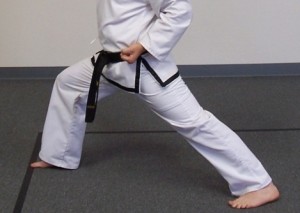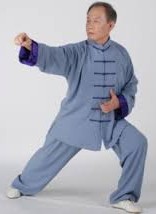The first time I came in contact with Katy Bowman was when listening to a podcast on "Yoga and Beyond".
I was hooked from the start when Katy Bowman with her significant, a
bit rasping voice trow me back to where I belong, The Nature!
With
simple statements and undeniable scientific facts she lined up the
consequences of modern life and what we, who is trapped in its crazy
zoo, lack of what she calls movement nutrions.
Katy Bowman is a biomechanist which in short means that she research how loads and forces are transmitted through the body. (read more here)
Her
point is simple, we are starving from nutrious movements in the same
way we can starve from good foodnutrions and the body respons by getting
weak, injurieprone and prone to dysfunctions and ailments. We are out
of order, our digestion suffer, we have trouble to reproduce, to give
birth, we suffer under stress and feel alien to our body.
For
not so long ago we lived in and from what nature gave. We have been
hunters-gatherer for almost 90 procent of the time we´ve been living on
this planet and there are only a few populations left today that lives
as hunters-gatherers.
Bowman states in her book "Move your DNA" (buy it now!!!!);
"Most
cells depend heavily om mechanical stimulation. The loads placed on the
body via movement translates into loads on the cells themselves, which
create cellular data, and it is at this level that change-in form of
strenghts, densities, and shape-occurs. we use the word disease
to imply that something has gone awry in our bodies; but as I said
before, more often than not our bodies are simply responding normally to
the input they´re given./....../ Movements provides information for the
body. Movement is an epigenetic factor. Our movement enviroment has
been polluted,so to speak, and we got the bodies to match."
I can´t explain why I get so excited about this. But maybe becuase it feels like a call home.
The
reason why I love yoga so much is becuase it brought me back to my
body. But to only have this connection when I´m on the yogamat isn´t
enough.
And as I also have experienced lately, its not preventing me from feeling weak and develop ailments.
In her book Katy suggest different things to get the precious movementnutritions everyday and the whole day through.
And
I have asked myself, how this was possible to do for me without having
to move back to a cave and live on roots and nectar? Below I show you
how I walk the talk! :)
1.
Office time! Work in many different ways and change positions frequently.
2.
I have thrown out all my shoes with a heel and now walk as much barefoot as I can or in barefoot shoes.
3.
Sleep on the floor with no pillow. (the pillows in the picture is garnish;)
4.
Move as much as I can.
5.
Sit on the floor or on the ground when eating and doing stuff.
Today
everything I do is a way to give my body the nutritions it needs, yoga
is still a beloved part of that but there is so many more ways to get
embodied and I´m very grateful to Katy Bowman that she pointed out the
way back home for me!
